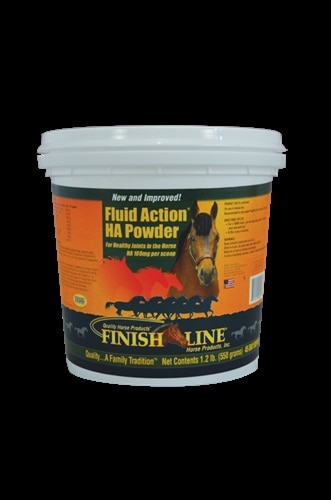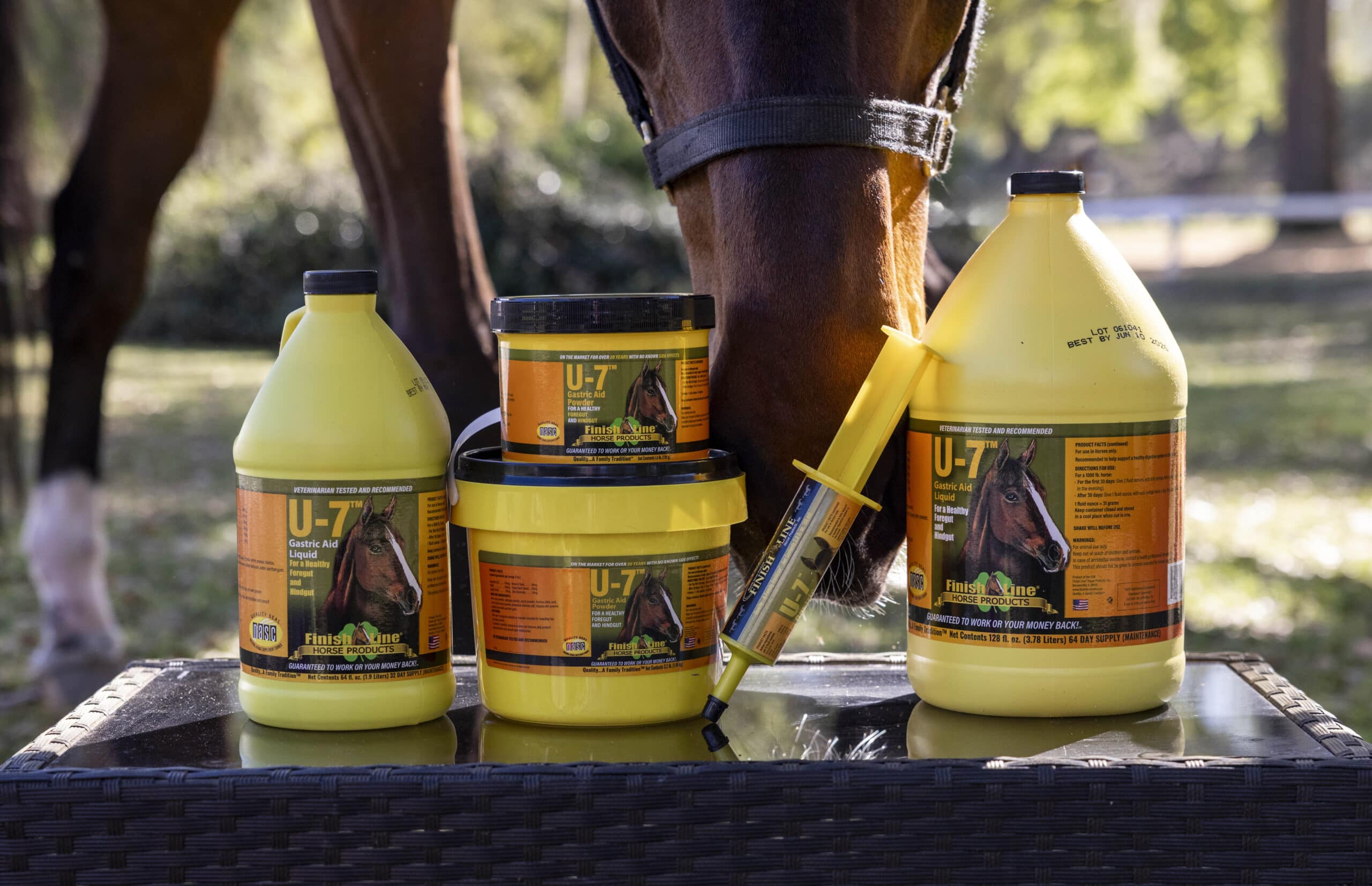You can never underestimate the importance of joint health management with your horse, and ensuring your animal takes the proper supplements to avoid the potential consequences of weak joints is essential. One of the latest products that helps preserve joint health in your horse is Fluid Action HA Powder, a formula that’s guaranteed to lubricate your equine’s joints, as well as provide a number of essential vitamins and minerals. Here’s a look into how the ingredients of Fluid Action HA Powder contribute to positive horse health and may make the difference in preventing various ailments:
Why joint health is important
Healthy joints are the foundation of a flexible horse, and everything from speed to balance can weigh upon the condition of the joints. Ensuring that your horse’s joints are properly lubricated can not only prevent injuries, but also maximize its training potential, according to researchers from Boehringer Ingelheim. When stiffness and swelling begin to accumulate within the joints, a variety of complications may emerge. Arthritis is one of the more troubling ailments associated with damage to joint cartilage, and is also one of the leading causes of lameness, or a disorder of the locomotor system. According to researchers from Colorado State University, reports indicate that arthritis is responsible for an estimated 60 percent of lameness cases in horses.
The formula comprised within Fluid Action HA Powder will work to make sure your horse’s joints stay healthy and lubricated. It’s a combination of hyaluronic acid, chondroitin, vitamin D and more is a recipe designed to aid joints. Along with a refreshing taste and a variety of sizes, Fluid Action HA Powder can be essential in managing your horse’s joint health.
Chondroitin
One of the best horse supplement sources for reducing the odds of arthritis in horses is chondroitin. According to MedicAnimal, while chondroitin is naturally produced within the horse to further cartilage production, horses tend to need more than what they generate themselves to combat naturally occurring joint cartilage thinning. Increasing the consumption of chondroitin will assist in the blocking of harmful enzymes that attack joint cartilage as horses age. Even researchers from the University of Sao Paulo report how chondroitin supplementation can play a primary role in preventing the progression of joint inflammation, which, in turn, can produce severe cases of arthritis. With every serving of Fluid Action HA Powder, you’re providing your horse with 200 milligrams of chondroitin, which alongside the amounts naturally produced within its body, should be enough to fight any progression of cartilage thinning that may occur further down the road.
Vitamin D
Just as many millions of people suffer from vitamin D deficiency, the condition is real for horses as well. According to Horsechannel.com, horses need on average of 6.6 IU of vitamin D per kilogram of its body weight. This means that if your horse weighs 1,000 pounds, or 454 kilograms, the horse will need approximately 3,000 IU of vitamin D per day. While sunlight is one of the easiest ways for any living being to receive vitamin D, receiving sufficient quantities of it can be significantly more difficult for horses. For starters, the thickness of a horse’s coat can make it harder for horses to absorb the amounts of vitamin D they need. Frequent horse bathing can also affect the transfer of vitamin D into the horse’s skin. Soap will impair the transfer of vitamin D and the cholesterol 7-dehydrocholesterol, which is responsible for converting the vitamin from the sun into the body.
Fortunately, Fluid Action HA Powder can provide your horse with 1,000 IUs of vitamin D per serving, which is roughly one-third of what your horse needs, depending on its weight. By boosting your horse’s vitamin D intake, you’re providing it with the calcium it needs to avoid various ailments such as immune system inefficiency, weakened bones and muscle cramping after physical activity. A combination of Fluid Action HA Powder and outdoor activity under the sun should be more than enough for your horse to get the vitamin D it needs.








